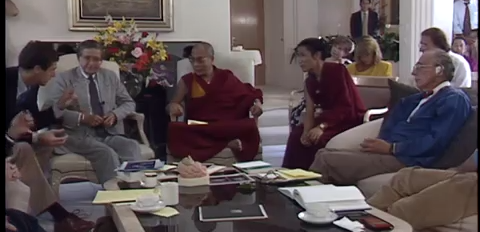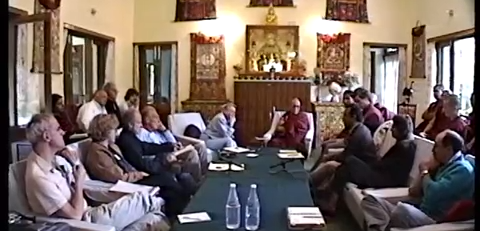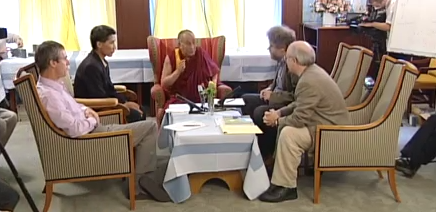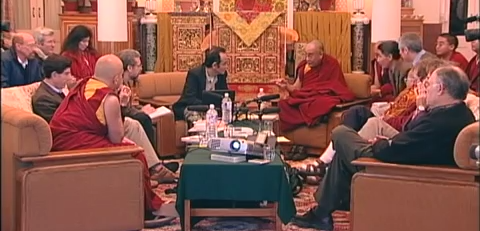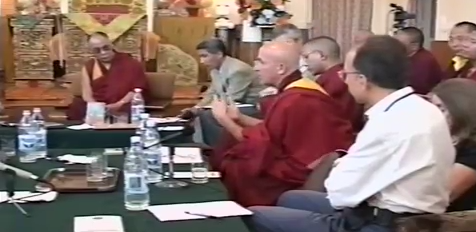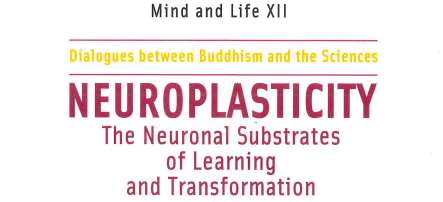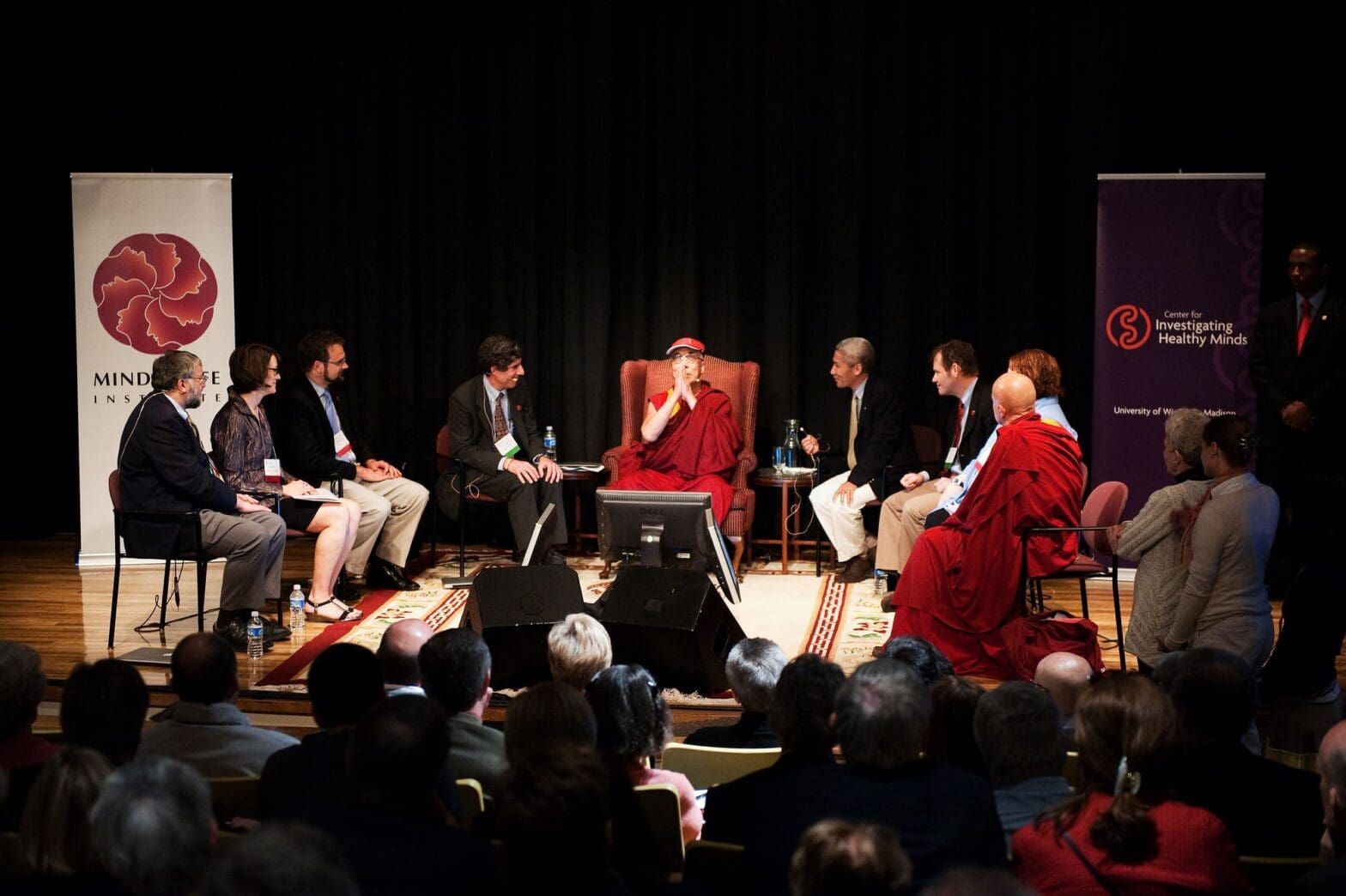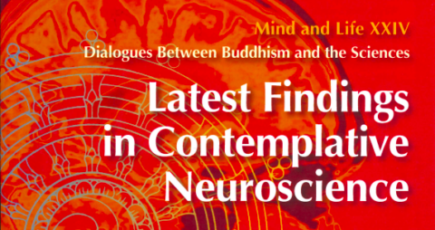Buddhism and neuroscience have parallel but quite distinct traditions for examining consciousness and its relation to the body. These traditions go back at least 2,500 years to the Buddha and Hippocrates. While both disciplines place great emphasis on experience and reason, their methods of research and verification are radically different. While neuroscience examines mind-brain processes …
Topic Archives:
1992 Mind & Life Dialogue IV
The topic of this Dialogue focuses on the delicate areas of sleeping, dreaming, and dying. The meeting brings to discussion those “marginal states” in which our habitual, reified sense of personal identity is challenged, and in which concomitantly a host of phenomena of great significance for human existence become intensified or are made manifest. Current …
1998 Mind & Life Dialogue VII
The purpose of this Dialogue is to compare the epistemologies of two major intellectual traditions: Western science culminating in modern quantum physics, and Eastern contemplative sciences as represented by Tibetan Buddhism. What are the roles of observer and consciousness? Are there fundamental limits to what can be said about the world? What are the foundations …
2000 Mind & Life Dialogue VIII
This Dialogue explores a perennial human predicament: the nature and destructive potential of “negative” emotions; for example, when jealousy turns into murderous rage. The Buddhist tradition has long pointed out that recognizing and transforming negative emotions lies at the heart of spiritual practice. From the perspective of science, these same emotional states pose a perplexing …
2001 Mind & Life Dialogue IX
This Dialogue presents an overview of modern methods for investigating human brain function, and discussions of the application of these methods to understand the changes produced by meditation practice. LOCATION: Madison, Wisconsin Participants
2002 Mind & Life Dialogue X
At the outset of his famous 1943 lecture What Is Life?, the physicist Erwin Schrödinger posed the question, “Can that which takes place inside a living organism be accounted for by physics and chemistry?” In this Dialogue, we explore the perennial question concerning the nature of life and its relationship to matter. Schrödinger’s question is asked …
2004 Mind & Life Dialogue XII
Neuroplasticity refers to structural and functional changes in the brain that are brought about by training and experience. The brain is the organ that is designed to change in response to experience. Neuroscience and psychological research over the past decade on this topic have burgeoned and are leading to new insights about the many ways …
Mind & Life 2020 President’s Call
Earlier this year Mind & Life completed a strategic visioning and planning process, to guide our expanding work through a lens of interconnection. We also began developing our digital efforts to have wider reach and greater impact on pressing contemporary issues. As such, Mind & Life is primed and eager to show up fully and make …
2010 Mind & Life Dialogue XXI
As part of the grand opening of the Center for Investigating Healthy Minds, the Dalai Lama, along with contemplatives and contemplative scholars, engaged in a dialogue with scientists envisioned in the style of a working lab meeting. In a session to update His Holiness on the latest scientific discoveries, presenters outlined recent research findings as …
2012 Mind & Life Dialogue XXIV
In this private dialogue, six young scientists were chosen to represent the Francisco J. Varela Grant program, a catalyst for seeding the field with young scientists investigating contemplative practice. These researchers, representing a new generation of scientists, presented the Dalai Lama with their recent research outcomes. LOCATION: Rochester, Minnesota Participants

